Towards New Worlds in Middlesbrough redefines how we experience art
'Towards New Worlds', currently on view at the Middlesbrough Institute of Modern Art, considers how art can bring us together
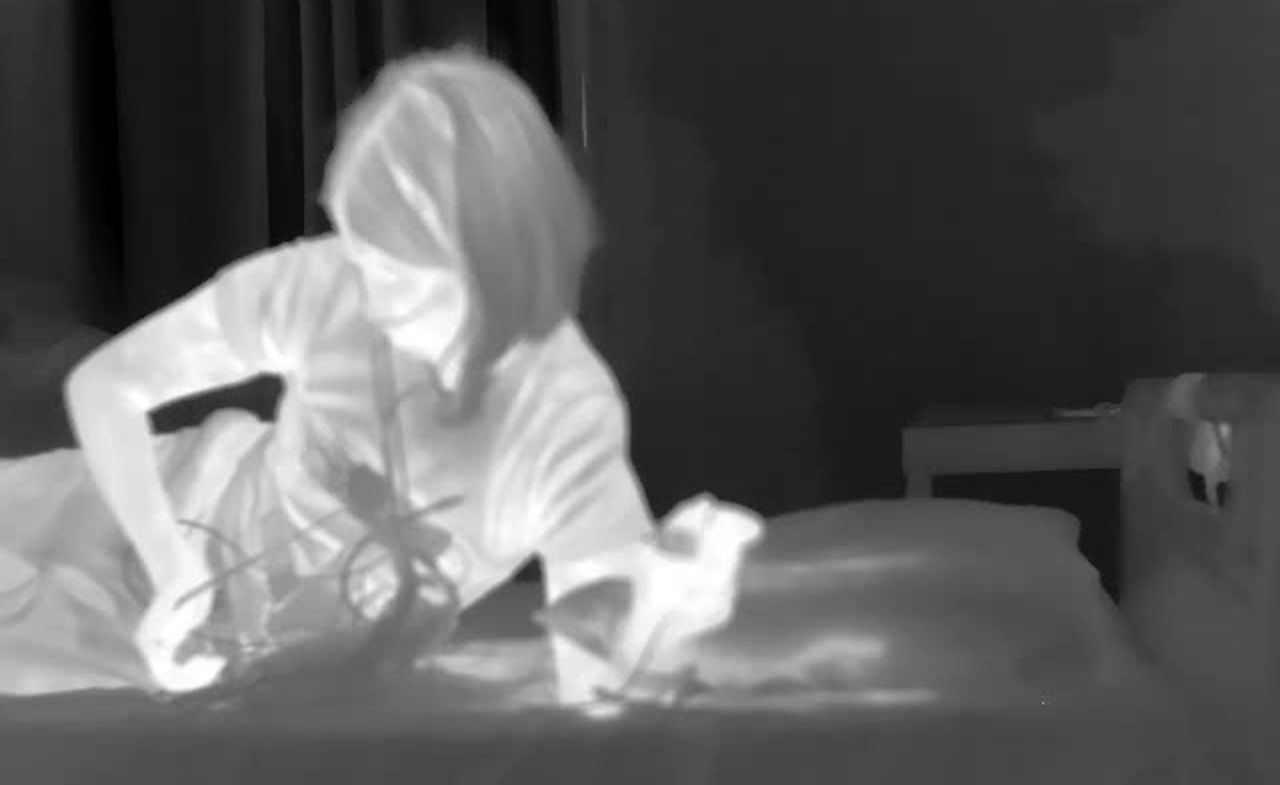
Towards New Worlds, currently on view at the Middlesbrough Institute of Modern Art, opens a request: ‘You are invited to strike and touch the bells’. It’s a simple yet powerful summons – one befitting of an exhibition that aims to redefine not only how we experience art, but how it might also bring us together.
Aaron McPeake, the artist behind these evocative sculptures made of copper, tin, and oak, created them fifteen years after losing most of his eyesight. His work stresses the importance of multisensory engagement, welcoming viewers to experience his art through sound and touch as well as visually. It’s a theme that runs throughout the exhibition too, as all the artists showcased in Towards New Worlds are disabled, D/deaf, and/or neurodivergent, creating a space where inclusivity and accessibility are central to the curation.
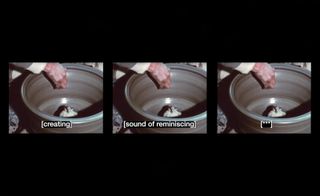
Seo Hye Lee [sound of subtitles] 2021. Single-channel video, colour, silent, 1 min 38 sec, looped. Commissioned by University of Salford Art Collection and Vital Capacities. Footage courtesy: North West Film Archive at Manchester Metropolitan University. Film courtesy of Bexley Local Studies & Archive Centre and London’s Screen Archives
In RA Walden’s Crip Ecologies (2018–), his fragile objects – like leaves and snail shells, preserved in glass – call into question our assumptions about who can engage with nature and how that engagement is mediated by the body. A more intimate exploration of this idea is present in Christopher Samuel’s episodic video installation, The Archive of an Unseen (2022), where the artist recalls growing up as a Black, disabled and working-class in 1980s Britain. Central to these films is a careful mediation of the language used to discuss disabilities and the people with them. Freeing himself from stringent medical dialect, Samuel’s work grants him full autonomy to tell his own story; his voiceover narration supplemented by an archive of photos and documents from his childhood.
There’s also a local element to the show, as many artists are from the Northeast themselves. Local photographer and farmer Joanne Coates turns the camera on herself for the first time, creating a mesmeric series of portraits from her barn. Elsewhere, Małgorzata Dawidek’s The Other Shore (2024) combines aerial and ground-level photos of the River Tees, historical maps, and microscopic images of locally mined potash, connecting the land, its minerals, and the human body. In a striking set of self-portraits, she places stones from the river placed on body parts affected by potassium deficiency: her feet, her shoulders, her knees.
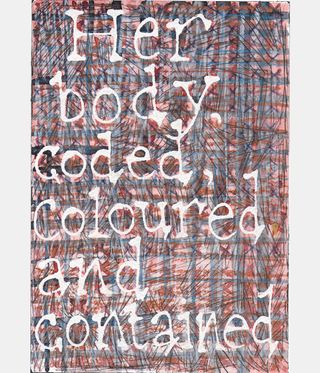
Jade de Montserrat, Her body, fundamental, immediate, intimate, direct. 2015–17. Ink, crayon, watercolour, pencil, pencil crayon, felt-tip, pen and gouache on paper. Courtesy of the artist and Bosse & Baum
The breadth of work on offer is seriously impressive, but it’s a small aside from Towards New Worlds’ biggest achievement: that of a show where disabilities aren’t just a footnote to the artists’ work but celebrated as an integral to their creative process. Although nearly a quarter of the UK have a disability, the artworld remains mostly impenetrable to those with one. MIMA’s work here is vital, then, marking the first time that many of these artists’ work will have been displayed in a show this size, forming a collaborative cohort in the process. Without understating the challenges they might face, these artists each offer a glimmer of hope in their work: art that speaks to new ways of creating, new ways of being.
'Towards New Worlds' on view at the Middlesbrough Institute of Modern Art until 9 February 2025
Wallpaper* Newsletter
Receive our daily digest of inspiration, escapism and design stories from around the world direct to your inbox.
Katie Tobin is a culture writer and a PhD candidate in English at the University in Durham. She is also a former lecturer in English and Philosophy.
-
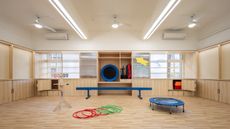 Discover these playfully creative schools in Taiwan
Discover these playfully creative schools in TaiwanDesign Movement on Campus is an initiative that creatively reimagines Taiwan’s schools to encourage more engaging and impactful education spaces
By Shawn Adams Published
-
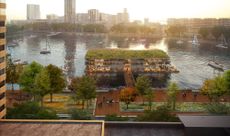 Rotterdam’s urban rethink makes it the city of 2025
Rotterdam’s urban rethink makes it the city of 2025We travel to Rotterdam, honoured in the Wallpaper* Design Awards 2025, and look at the urban action the Dutch city is taking to future-proof its environment for people and nature
By Ellie Stathaki Published
-
 Architecture and the new world: The Brutalist reframes the American dream
Architecture and the new world: The Brutalist reframes the American dreamBrady Corbet’s third feature film, The Brutalist, demonstrates how violence is a building block for ideology
By Billie Walker Published